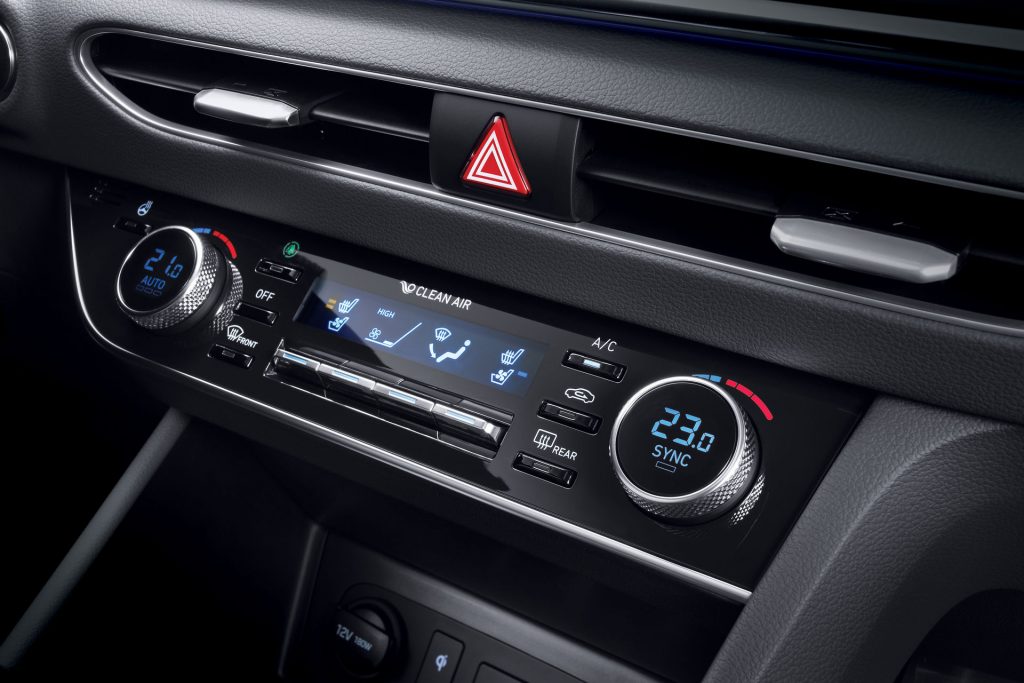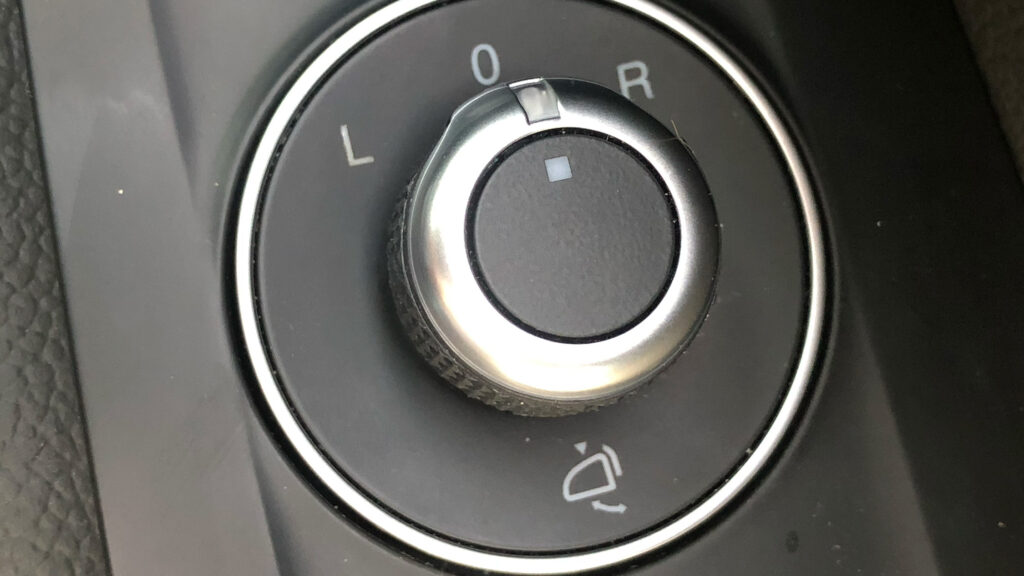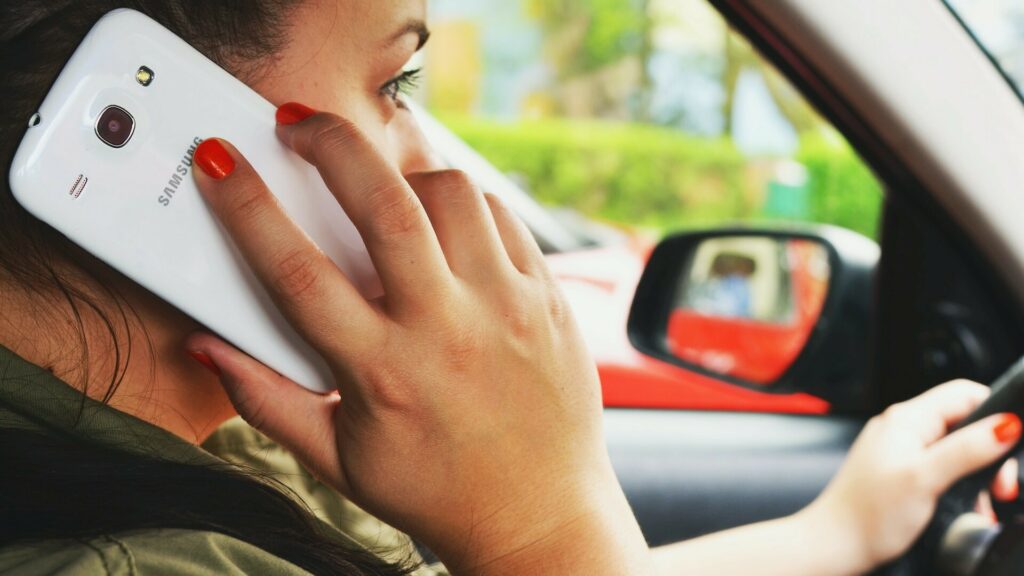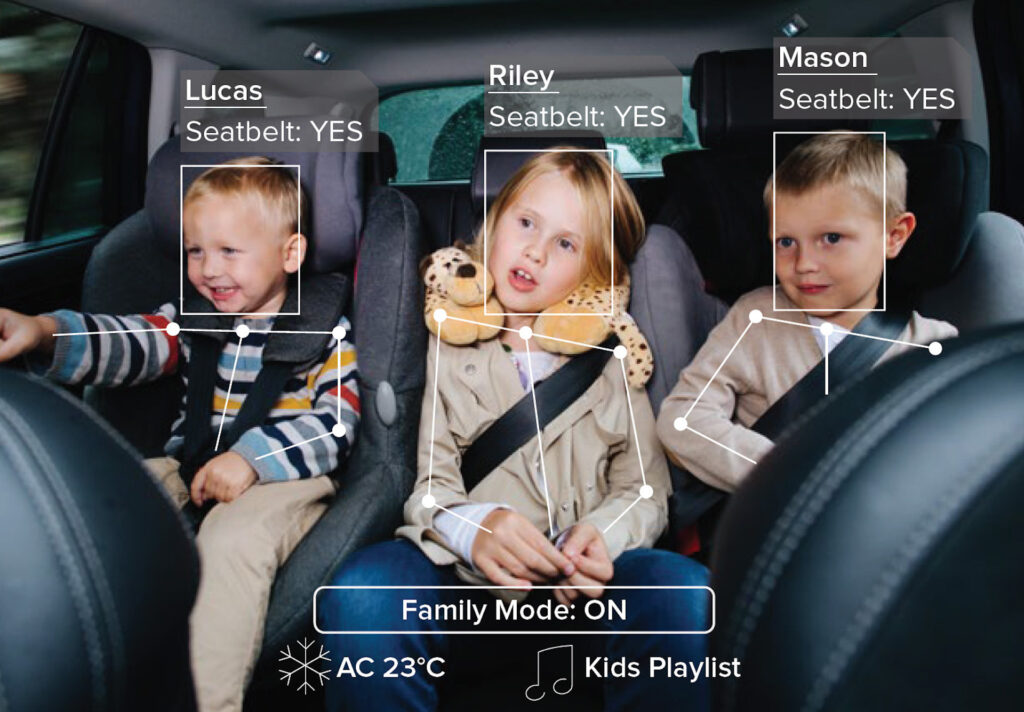- A new generation of advanced driver-monitoring systems is coming to cars, offering surprising capabilities.
- Israel-based Cipia has developed tech that scans the entire cabin and personalizes the experience for each occupant.
- This tech knows when you’ve forgotten your glasses and can even adjust the mirrors based on your head position.
Driver monitoring systems have been around for almost two decades, most obviously being used to warn us when we’re falling asleep or getting too distracted. But the technology is about to shift up a gear and a new generation of systems being primed for launch could really change how we interact with our cars.
We jumped on a Zoom call with Tal Krzypow of Israel-based Cipia to learn more about the camera and AI-based technology and how it might make our lives easier and safer – and rat us out when we’re doing something we shouldn’t.
Related: Video Shows Tesla Mistaking Teddy Bear For A Driver And Hitting A (Fake) Kid
The next wave of monitoring systems can tell far more about the driver than the current versions, but another big difference is that they’re also able to scan the entire cabin and monitor the other occupants, too.
Cipia has developed systems for multiple OEMs, and for legal reasons isn’t able to reveal some of the brand names before those brands have made their own announcements about the tech. But it assures us that there are already many automakers around the world using its original driver-monitoring system, and that we’ll see the full-cabin systems in new cars by the end of this year.
The firm’s website says its current customers include “two electric car manufacturers in the US, SAIC, Chery, an American car brand in China, and one additional leading car manufacturer in China,” and it told us that some European OEMs also use its tech.
Here are six ways the next generation of driver monitoring systems could change our in-car experience.
1 Personalizing car settings

For years some cars have let owners with two keys make the vehicle get ready for a different driver by moving the seat to a stored position when a certain key is used to active the lock. But Cipia’s system will use AI to recognize who’s jumped behind the wheel and adjust the seats, mirrors, climate control and media systems to presets previously set by that driver.
Let’s hope it’s better than the similar, but less advanced system (not supplied by Cipia) on the Mazda’s CX-60, 80 and 90 that can adjust the driving position, but in our experience proved hit and miss at recognizing the driver.
2 Where are your glasses?

Current monitoring systems can tell when we’re looking at the road ahead but have no idea whether we can actually see it. Cipia’s tech can tell whether you’re wearing glasses and remind you to put them on if you normally wear them and it sees that you’ve forgotten this time.
3 Let me help you with that mirror

We’ve all done it, gone to move the side mirror using the switches on our door panel, got annoyed that it’s not responding to our direction commands, and then realized that we’ve been moving the other mirror all along. Cipia’s system knows from the direction our head is facing which mirror we want to move and can automatically select it.
In a similar vein, as cars sprout more and more screens – including head-up displays and gauge packs that can’t be touched – automakers will be able to reduce the number of individual control buttons, using the same set of controls with face detection to help us change the settings for each display.
4 Seatbelts, cigarettes, smartphones

Ever since GM started fitted seatbelt warning buzzers way back in 1972, some drivers have dodged the shrieking by sitting on the fastened belt, or fitting a spare buckle into the slot. But that doesn’t fool Cipria’s AI, which can tell if you have the seatbelt over your shoulder – we predict a small boom in T-shirts printed with seatbelt patterns.
It can also tell if you’re smoking and whether you’re using your smartphone when you shouldn’t, and though Krzypow didn’t confirm that level of nannying would be arriving on OEM models this year, it’s clear it could be added at a later date if automakers or regulators demand it – Cipia already offers the option to fleet operators.
5 Monitoring everyone in the car

Cipia’s monitoring tech doesn’t just work on the driver, but every person sitting in the car, whether they’re in the front or back. That means it can identify passengers and check to see if rear riders are wearing their seatbelts correctly. It can also, by looking at whose mouth is moving, identify whether the driver or passenger is speaking so it knows whether to listen to or disregard commands.
And by understanding who is in the car, it can further personalize the in-cabin experience, for example loading the media system with a totally different playlist when the driver is alone and might want to let rip than when he’s transporting his three-year-old twins to kindergarten. Or changing the recent destination lists, again, depending on whether the driver is alone or taking passengers, and who those passengers are.
6 Pre-ordering your dinner from the driver’s seat

This one is much further away than next year, but it could be one of the biggest gamechangers. We’ve already heard that Ford has patented a system to serve ads to us on the move, and Krzypow can see a time when monitoring systems will integrate with shopping versions.
“If your favorite restaurant is coming up in 20 or 30 km (12-19 miles) the car might ask you if you want your favorite meals waiting for you when you arrive and it will authenticate payment with your face,” Krzypow predicts. “That’s exactly what the vehicle manufacturers are looking for.”
If you’re wondering about hand gestures, something BMW tried a few years back with mixed results, Krzypow says he doesn’t see them going big any time soon.
“Gestures are not there yet, they’re an interesting challenge,” Krzypow says. “You want to strike a balance between the ability to detect a gesture, yet filter out the gestures that people perform naturally every day that might look similar.”
Krzypow then explained how during research he’d divided test subjects into pairs and asked them to come up with gestures for various activities that the other person in the pair was supposed to understand. One of the activities was to increase the radio volume but each group came up with totally different gestures, some rotating an imaginary dial, others miming a bar being raised. It became clear that drivers would have to be learn specific gestures, but few will bother because no one reads the manual.




